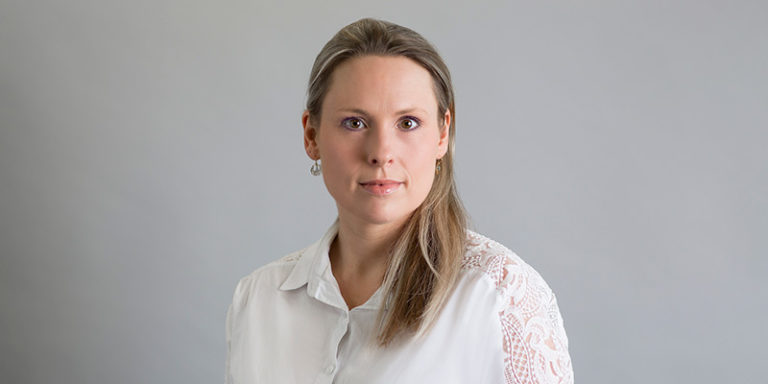
Search
Sign up to mailings
To keep up to date with our latest news and events, please sign up for mailings.
You are always free to unsubscribe at any time.
Rachel Russell represented the Cardiff and Vale University Health Board at a 5-day inquest into the deaths of two nurses from COVID-19. Both GR and DD had contracted COVID and sadly died at an early stage of the pandemic (March/April 2020).
The Family of GR had submitted at PIR stage and again at the commencement of the Inquest that the Coroner should engage Article 2. The Health Board’s position throughout was that the test for engaging Article 2 was not met. The Coroner declined to engage Article 2 and the Inquest proceeded on the Jamieson basis.
The Inquest explored a number of factual issues ranging from medical knowledge and understanding of the effect of COVID upon persons with co-morbidities at the material times, the national COVID guidance that was in force, PPE, training and risk assessment. The Inquest also explored the issue of causation and in particular what evidence there was of community contact versus workplace contact with COVID.
Particular focus in submissions was on the novel issue of whether the Coroner could properly leave open the short form conclusion of industrial disease. With an absence of authority directly on the point the Inquest was breaking new ground on the issue. The Coroner made the decision that it was appropriate to consider ‘industrial disease’ as well as the short form conclusion of natural causes and a narrative conclusion. In so finding, the Coroner concluded that he was not bound by the list of prescribed industrial diseases at Appendix 1 of the IIDB guidance, relying on R v South Glamorgan Coroner ex p. BP Chemicals Limited (1987) JP 799 DC.
The Family of GR had raised various concerns about whether he was provided with proper PPE and whether he ought to have been subject a risk assessment. However, the Coroner’s factual findings were that he was satisfied that the guidance issue on PPE was followed at the hospital, that GR knew what the PPE guidelines were and followed them and that guidance available at the material time would not have triggered a risk assessment of GR.
The Coroner found that it was likely, on the balance of probabilities, that GR and DD had been exposed to and contracted COVID while working as nurses for the Health Board. The Coroner therefore felt that the most accurate Box 4 conclusion was one of ‘industrial disease’.
This conclusion is thought to be the first time that COVID found likely to have been contracted in the workplace has been characterised as an industrial disease.
Rachel was instructed by Kamila Kubryn of NWSSP Legal & Risk Services.
This inquest has attracted a wide coverage of media, see below:
